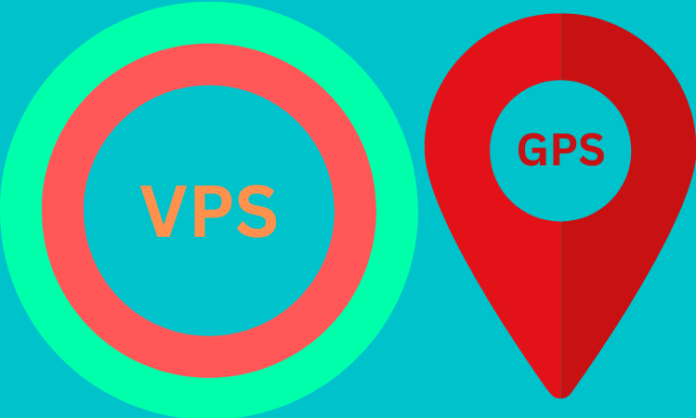
Table of Contents
GPS (Global Positioning System) and VPS (Visual Positioning System) are two distinct technologies used for determining the position of objects, particularly in navigation and location-based applications. Here are the key differences between GPS and VPS:
Technology and Principle:
GPS:
GPS relies on a network of satellites orbiting the Earth to determine the location of a device or object.
It uses signals from multiple satellites to triangulate the precise position of the receiver on the Earth’s surface.
GPS works globally and is effective outdoors with a clear line of sight to the sky.
VPS:
VPS, on the other hand, primarily relies on visual information from cameras and sensors to determine an object’s position and orientation in the environment.
It may use computer vision, augmented reality (AR), or other image-based techniques to recognize landmarks and objects in the real world.
Accuracy and Precision:
GPS:
GPS can provide relatively high accuracy in outdoor environments, typically within a few meters.
Its accuracy can degrade in urban canyons, dense forests, or indoor settings where there is limited satellite visibility.
VPS:
VPS can offer high accuracy and precision, especially in indoor or controlled environments where visual markers or features are well-defined.
Accuracy in VPS systems can be within centimeters when used with appropriate hardware and calibration.
Use Cases:
GPS:
GPS is primarily used for outdoor navigation, geolocation, and tracking applications.
It is commonly used in vehicles, smartphones, and other devices for turn-by-turn navigation, location-based services, and asset tracking.
VPS:
VPS is often used for indoor navigation, augmented reality experiences, and applications that require precise positioning in enclosed spaces.
It is used in AR games, indoor wayfinding, and robotics for navigation in indoor environments.
Environment:
GPS:
GPS is suitable for outdoor environments and works best when there is a clear line of sight to multiple satellites.
VPS:
VPS is designed for indoor and enclosed spaces where GPS signals may not be available or are unreliable.
Hardware Requirements:
GPS:
Requires GPS receivers or chips in devices, such as smartphones and GPS navigation systems.
Typically doesn’t require additional hardware beyond the GPS receiver.
VPS:
Requires cameras and sensors capable of capturing visual information from the environment.
May require specialized hardware, such as depth cameras or LIDAR sensors, for improved accuracy.
Availability:
GPS:
Available globally and widely adopted in consumer and industrial applications.
VPS:
Availability may be limited to specific applications and environments, primarily indoors or in controlled settings.
GPS and VPS are two different positioning technologies with distinct use cases. GPS relies on satellite signals for global outdoor positioning, while VPS uses visual information for precise positioning, especially in indoor and controlled environments. The choice between GPS and VPS depends on the specific requirements and the environment in which they are used.
Related Articles:
How a Satellite TV Work!
























